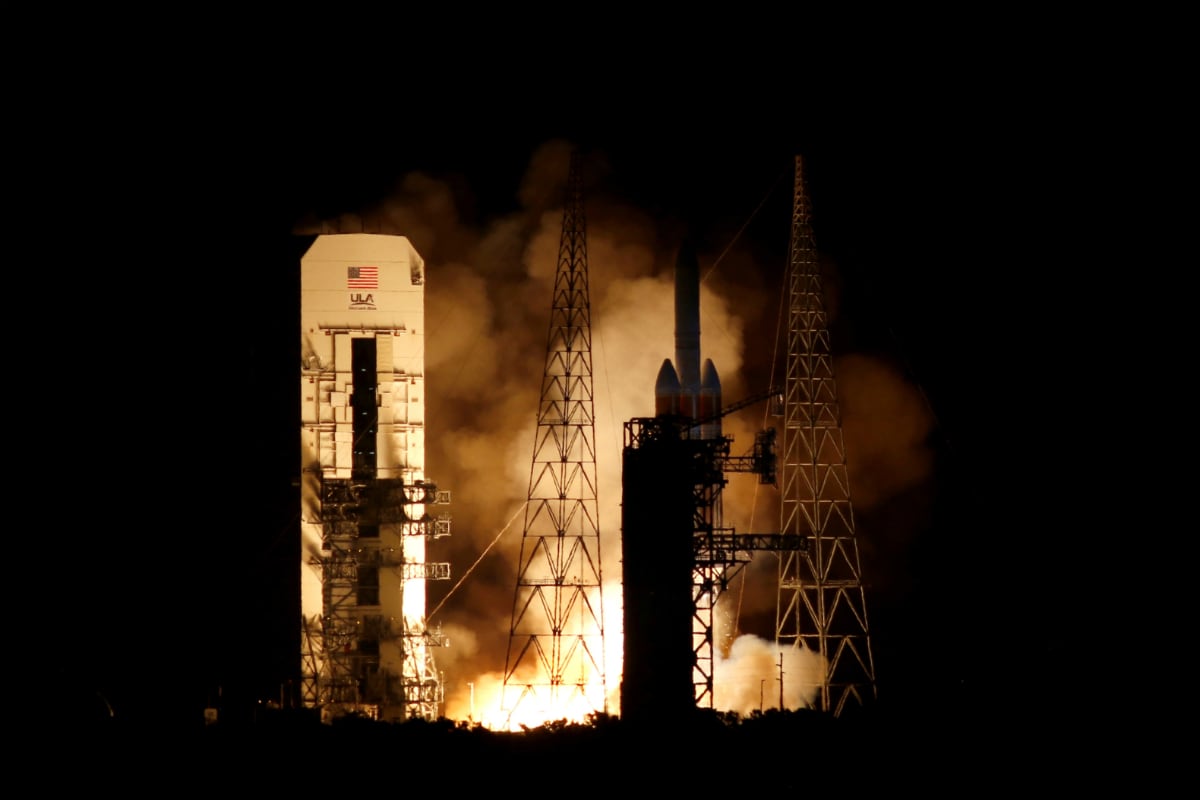NASA Spacecraft Circling the Sun Stumbles Upon a Trail of Shooting Stars
Astonishing researchers, NASA’s Parker Solar Probe snapped a picture of the residue trail that causes the Geminid meteor shower.
Features :-
Parker Solar Probe estimates attractive fields
The portion of trail caught by the shuttle is 60,000 miles over
NASA accepts this won’t be the last take a gander at the path of falling stars
Once there was a space rock that flew excessively near the sun. It was little and dim and rough, too delicate to even think about withstanding such searing conditions. The space rock broke, discharging an eruption of residue and garbage. In spite of the fact that it kept going along its circle, it dropped a huge number of pieces afterward. People named the space rock Phaethon, for the offspring of the Greek sun god who couldn’t deal with his dad’s chariot and about devastated the world. Every December, when our planet plunges through Phaethon’s wake, we can see bits of the split space rock wreck in our environment. Analysts consider the light flashes the Geminid meteor shower. Youngsters call them falling stars.
Researchers have battled for a considerable length of time to photo Phaethon’s garbage trail – until a NASA rocket fortunately discovered it.
Parker Solar Probe, which took off in 2018, was intended to understand the suffering secret of how our star emits vitality. Swooping nearer to the sun’s surface than any natural article has previously, the shuttle estimates attractive fields, gathers up lively particles and snaps pictures of the sun’s air and its gushing sunlight based breeze.
While withdrawing from its third close way to deal with the sun in November, the test caught something inquisitive with its wide-field imager. Just to one side of the Milky Way, there was a swoon line of residue.
Karl Battams, an astrophysicist at the US Naval Research Laboratory, thought about the situation of the residue trail to Phaethon’s known circle. It was an ideal match.
“We’re extremely certain that we’re seeing the Geminid meteor shower,” Battams said a week ago at the yearly gathering of the American Geophysical Union.
The fragment of the path caught by Parker Solar Probe is 60,000 miles crosswise over and 12 million miles in length, however the residue in truth suffuses the whole length of Phaethon’s 524-day circle. Stargazers gauge it contains a billion kilograms of material.
Phaethon’s chaotic propensities make it surprising among space rocks. A few specialists even allude to it as a “rock comet,” however it heaves dust rather than gas. By examining this flotsam and jetsam trail, researchers would like to get familiar with what made Phaethon fragment a few thousand years back.
The space rock’s history may one day be profoundly pertinent to Earth’s future; NASA has arranged the Mount Kilimanjaro-size stone as a possibly perilous Near-Earth Object (yet no impacts are anticipated for in any event 400 years).
Cosmologists have attempted a few times to catch Phaethon’s path with the Hubble Space Telescope. But since it’s so near the sun, its light is overwhelmed by our star’s sparkle, and they’d never been effective until Solar Probe went taking off past.
“We’ve seen something in the information that we’ve never observed, and in actuality nobody has ever observed previously,” Battams said. “Sunlight based Probe has offered us responses to questions that we weren’t in any event, inquiring.”
Parker Solar Probe is booked to perform in any event 21 additional circles around the sun, giving it 21 extra opportunities to catch Phaethon’s residue. In the event that NASA’s karma holds, Battams stated, this won’t be our last take a gander at the path of falling stars.

